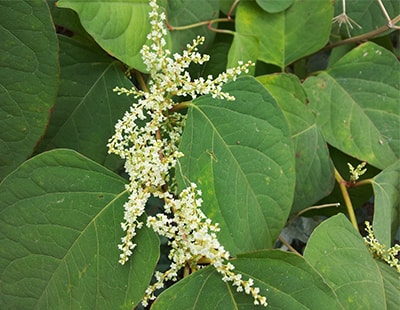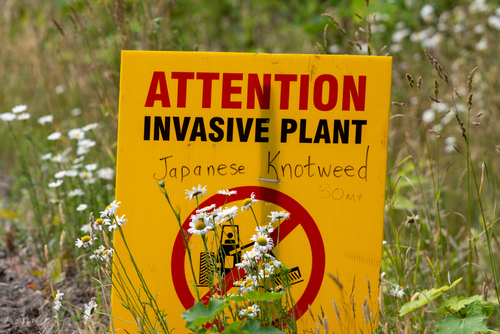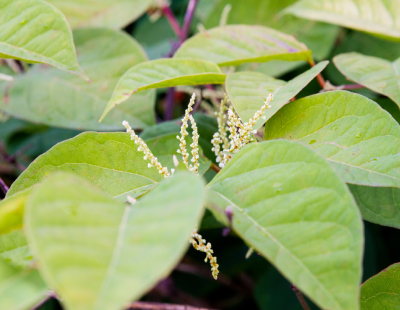
New research has revealed the regional hotspots where Japanese knotweed has been identified.
The data could be of interest to estate agents selling properties in these areas to highlight the risks for buyers and ensure vendors are identifying and addressing the issue.
Areas with the most reported infestations include Bolton, Bristol, St Helens and Blackburn.
Japanese knotweed hibernates over winter but grows rapidly in May, with red or purple spear-like shoots emerging from the ground which quickly grow into lush green shrubs with pink-flecked stems and bamboo-like canes.
For homeowners, the plant can pose serious problems if left unchecked, with the potential to grow up through cracks in concrete, tarmac driveways, pathways, drains and cavity walls.
The roots can grow as deep as 3metres and spread up to 7metres horizontally.
Invasive plant specialist Environet estimates that approximately 5% of homes are currently affected by knotweed, either directly or indirectly.
It says sales can proceed as long as a professional treatment plan is in place with an insurance-backed guarantee to satisfy mortgage lenders.
Environet has a free online heatmap that users can search for free using the almost 55,000 known occurrences of the UK’s most invasive plant.
Users can enter a postcode to discover the number of sightings nearby, with hotspots highlighted in yellow, orange and in the worst cases, red.
The map enables homeowners to understand the risk knotweed poses to their home, or one they wish to buy.
Nic Seal, founder and managing director of Environet, said: “Japanese knotweed tends to strike fear into the hearts of homeowners but as long as they’re aware of its presence and take action to remove it before it causes any serious damage or spreads to a neighbour’s property, there’s no reason to panic.
“By publishing the 2022 British Japanese knotweed hotspots we hope to raise awareness and encourage people in the area to be vigilant for signs of knotweed as the growing season takes off, so they can act quickly if needed.
“Anyone living near or moving to one of these hotspots would be wise to check their garden carefully, enter their postcode into Exposed to find out how many known occurrences are nearby and if in doubt, seek expert help.”
|
Rank
|
Location in Great Britain
|
Infestations within 4km radius
|
|
1
|
Bolton, Greater Manchester
|
684
|
|
2
|
Bristol
|
475
|
|
3
|
St Helens, Merseyside
|
441
|
|
4
|
Blackburn, Lancashire
|
407
|
|
5
|
Capel Garmon, Snowdonia, Wales
|
398
|
|
6
|
Llanelli, South Wales
|
389
|
|
7
|
Cardiff, Wales
|
361
|
|
8
|
Rotherham, Yorkshire
|
306
|
|
9
|
Streatham, SW London
|
300
|
|
=10
|
Nottingham
|
225
|
|
=10
|
Sheffield
|
225
|
















.png)


.png)




Join the conversation
Be the first to comment (please use the comment box below)
Please login to comment